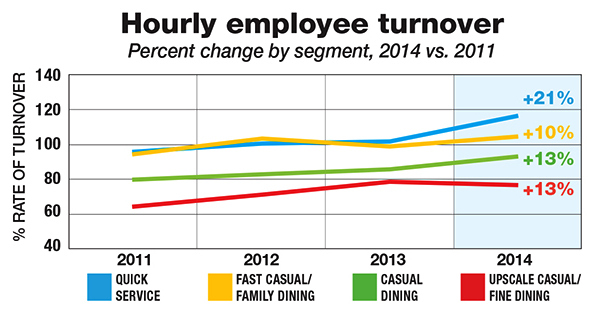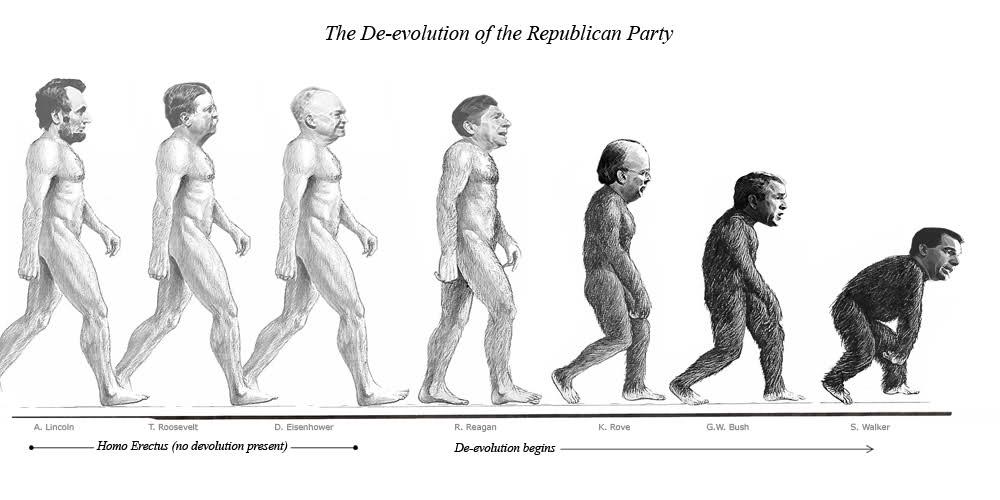“Ethics is knowing the difference between what you can do and what you should do.” – Justice Potter Stewart
It looks like Scrooge McDuck runs human resources at Disney. Disney World laid off 250 tech workers, who were American programmers and computer operators that have been replaced by Indian techies with H-1B visas. The techs were supplied by HCL America, an Indian outsourcing firm.
H-1B visas are intended for high-level professionals who, in concept, fill jobs for which no Americans are available. 85,000 of these visas are granted each year, and they are in high demand. Technology giants like Microsoft, Facebook and Google repeatedly press Congress to add to the annual quotas, saying there are not enough Americans with the skills they need.
In Disney’s case, the Americans were not only available, they were actually working in the jobs.
The H-1B visa program has been great for tech innovation, and the Wrongologist supports it, but this is an egregious abuse of the corporate right to employment at will, and of the spirit of the H-1B visa laws. From the NY Times:
The chairman of the Walt Disney Company, Robert A. Iger, is a co-chairman with Michael R. Bloomberg, the former mayor of New York, and Rupert Murdoch, the executive chairman of News Corporation, in the Partnership for a New American Economy, which pushes for an overhaul of immigration laws, including an increase in H-1B visas.
Companies speak a lot about teamwork, esprit de corps, and group identity, all in the context of helping the company reach its goals. But the Disney lesson is that we’re really good at ignoring those lofty ideals, while driving an anti-employee, mean-spirited chase of a marginal dollar of profit.
If employers really need a foreign employee resource, they should be charged an annual fee of $50K for each H1-B visa they use. For truly unusual skills, it would be worth the fee. For Disney, who is just looking to buy labor for a few dollars less than the going rate for American citizens, it would remove the economic advantage. We need to ask our corporations to stop defending the indefensible.
Republicans shout from the mountaintops about illegal immigrants, while on the other hand, they are quite willing to add to the numbers of H-1B visas, immigration of a kind. Furthermore, H-1Bs allow for chain migration (kids and spouses) as well, and thanks to new rules, H-1B spouses can work as well.
Time to wake up America! Disney’s H-1B’s are the first step in a process. They have been brought in by Disney so that they can gain the experience to manage Disney’s IT operation. And some time down the road, Disney’s Florida HCL people will work with HCL’s India-based IT workers, allowing Disney to move most of their IT operation over there at a fraction of the cost that Disney pays here.
Corporatism has inverted Henry Ford’s mantra to pay his workers enough to afford his cars. The new mantra is, pay only a few employees enough to afford your goods, and let the government worry about the rest of them.
America has to be more than a spreadsheet and a flag.
Today’s wake-up is another in our spring bird collection. It is the Orchard Oriole, the smallest of North America’s orioles, it builds hanging, pouch like nests during its breeding season. We get both the Baltimore Orioles and these guys in Mid-May:
For those who read the Wrongologist in email, you can view the video here.
Monday’s Hot Links:
The Wall Street Journal had a blog post open letter to consumers asking why consumers didn’t spend more money. Imagine their concern, since mean US family income is stuck at the same level as in the late 1990s. Remember that the WSJ supports the TPP trade legislation, like the last deal that outsourced millions of middle class jobs. Please, WSJ, go back to talking to companies, and leave consumers alone.
A list of the top 50 restaurants in the world. 5 are in the US. Wrongo and Ms. Right are going to #49 later this month.
In a stunning discovery that overturns decades of textbook teaching, researchers at the University Of Virginia School Of Medicine have found that the brain is directly connected to the immune system.
Owning a home no longer plays the same role in the lives of Americans that it has in the past. And it is clear that many middle-income Americans cannot realistically aspire to become homeowners anytime soon. A recent survey conducted by the American Institute of CPA’s found that most Americans are now more concerned about having enough money to retire than about becoming a homeowner.
China has 30,000 tons of gold, (which is almost more gold than the rest of the world’s central banks, combined). It’s also important to make explicit that the Chinese are slowly laying the groundwork for it to take over the dollar’s role as the global reserve currency sometime in the future.
Chinese state media has warned that war with the US may be “inevitable.” Beijing published a policy paper detailing how its military will shift its focus from land and coastlines to the open seas. They criticized “external countries…busy meddling in South China Sea affairs. The money quote:
We do not want a military conflict with the United States, but if it were to come we have to accept it.





